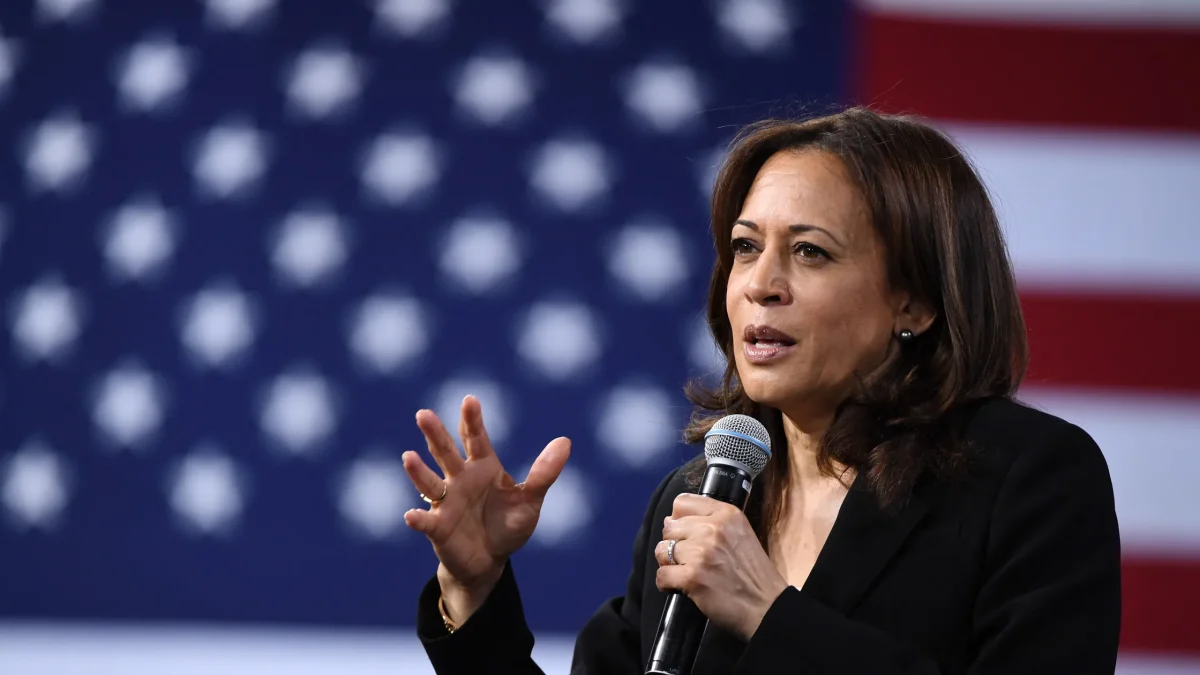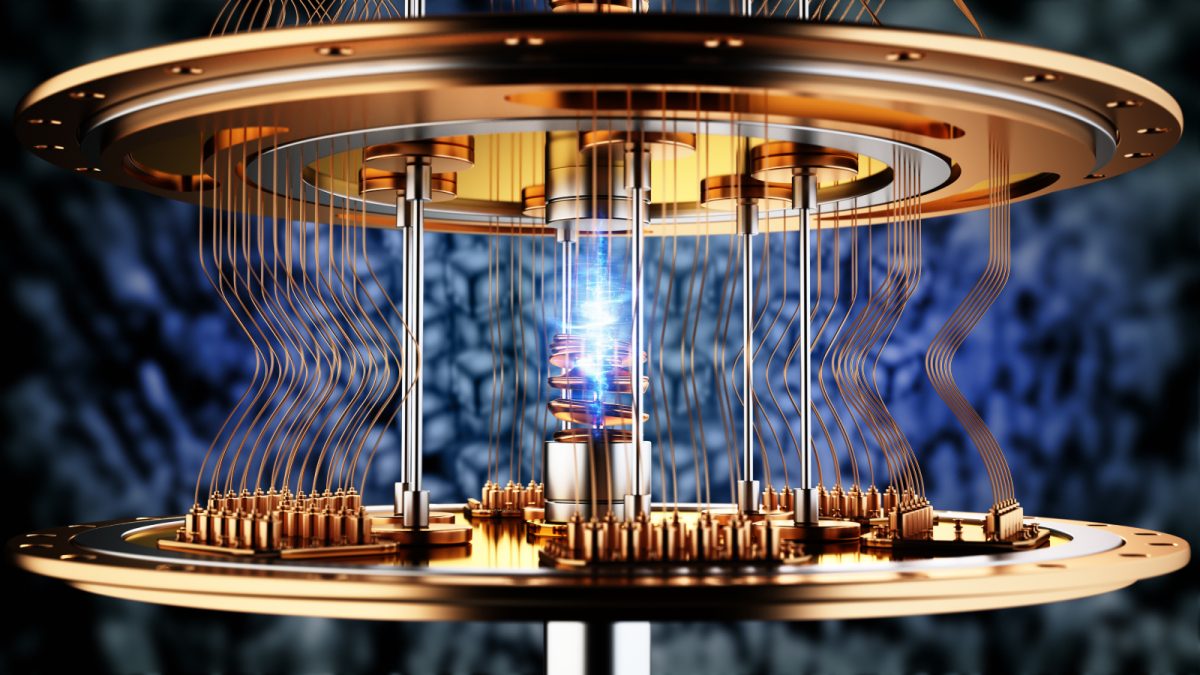The President of the United States of America is arguably one of the most powerful and influential people in the world. It is a role of immense importance, but one that has only ever been granted to white men, with the exception of President Obama in 2009, and only two women have ever run for presidency: Hillary Clinton in 2016 and Kamala Harris in 2024. Clinton, as Olga Khazan from The Atlantic remarks, was a former secretary of state and senator before her presidential campaign, and Harris was Biden’s Vice President and previous senator and attorney general. Nonetheless, both women lost to Donald Trump, a man who demonstrates consistent trans and homophobia, sexism, racism, and accounts of sexual abuse. Now in his second term as president, Trump has pushed the U.S. back and regressed the rights of millions. These losses then beg the question of if Americans will ever see a woman in office and, moreover, why is the U.S. so far back in time?
More than 79 countries have appointed women as Prime Ministers, Presidents, and Heads of Governments and States, with the most progress occurring in Europe, specifically Northern Europe. For example, in Iceland’s Vigdis Finnbogadottir served a president for 16 years. Other nations around the world have even instituted government quotas to ensure equal representation of gender within government. Global representation is still lacking, but countries like India, Singapore, Ireland, Germany, Israel, and Panama have had at least one female president.
But why is this not the case for the United States?
The chosen president is a reflection of that society’s culture, and the public opinion of a presidential candidate is dependent on how the media showcases them. Male politicians and candidates are typically represented by their political ideals and accomplishments while women tend to be more criticized by their character and who they are: their personalities, family life, motherhood, marriage status, etc., making it so that women are judged beyond what they can bring to the office. For example, Alexandria Ocasio-Cortez is a United States representative who, unlike her male counterparts, is condemned through her makeup looks and for being too emotional and impassioned in her speeches.
“The focus is on physical appearance, tone, background. And voters are perfectly willing to vote for a man for a high office that they think is qualified, that they don’t necessarily like. But they’re not as willing to vote for women they think are qualified, that they don’t like.” – Laurie Nsiah-Jefferson (Director of the Center for Women in Politics and Public Policy at the University of Massachusetts Boston)
Consequently, representing female politicians through their personal life perpetuates gender stereotypes that bleed into other areas of life. For example, in the 2014 study “Female hurricanes are deadlier than male hurricanes” from the Proceedings of the National Academy of Sciences, researchers found that when hurricanes had female names, death tolls were higher because of less precautions taken in comparison to when hurricanes have male names.
Yet, why does this even matter?
It is true that Clinton and Harris did not only lose for being women, yet it is crucial to note the importance that their gender took within influencing people’s perceptions of them. Especially taking into account that women of color are even more harshly criticized in the public eye. Having a female president does not mean that they will be a better president than a man would. It’s about representation. Every single person in the United States and in U.S. territories like Puerto Rico are not all white men and therefore, it is not correct that only a white man makes the decisions for over 300 million people. The U.S. has been called a melting pot of cultures, but that isn’t showcased within its government and recent congressional decisions for mass deportations, legal precedents for sex, and more. Young girls need to see that women are capable, we need to see that, and I need to see that. This past election cycle brought on a lot of disappointment and triumph for American civilians, but it brings me hope that women are continuing to be presidential candidates, and hopefully one day actual presidents, because we are not living in the 1800s and it is about time that America catches up.
Bibliography:
Chu, Lenora. “Harris Would Be the First Female US Leader. Europe Has Had Many. What Gives?” The Christian Science Monitor, 22 Aug. 2024, www.csmonitor.com/World/Europe/2024/0822/kamala-harris-female-european-leader-media.
Friedman, Jaclyn. “Why Hillary Clinton Being the ‘First Woman’ President Matters.” TIME, 13 June 2016, time.com/4366423/hillary-clinton-first-woman-president.
Haynie, Devon. “Much of the World Has Had a Woman Leader. Why Not the U.S.?” US News & World Report, 4 Nov. 2016, www.usnews.com/news/best-countries/articles/2016-11-04/why-europe-asia-and-latin-america-elect-more-female-leaders.
Jung, K., Shavitt, S., Viswanathan, M., & Hilbe, J. M. (2014). Female hurricanes are deadlier than male hurricanes. Proceedings of the National Academy of Sciences, 111(24), 8782–8787. https://doi.org/10.1073/pnas.1402786111
Khazan, Olga. “Why America Still Doesn’t Have a Female President.” The Atlantic, 11 Nov. 2024, www.theatlantic.com/politics/archive/2024/11/bias-against-female-president/680589.
Miller, Ethan. “Kamala Harris.” Getty Images, media-assets.wired.it/photos/668674c28900b9c53e31fbe4/16:9/w_2240,c_limit/1145493381.






